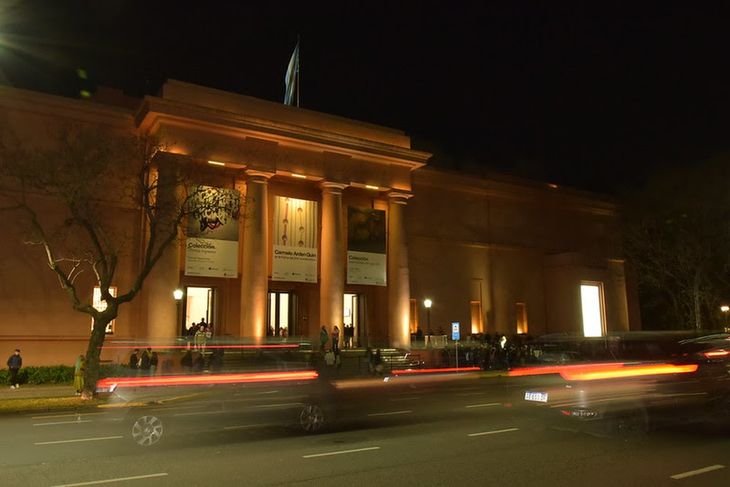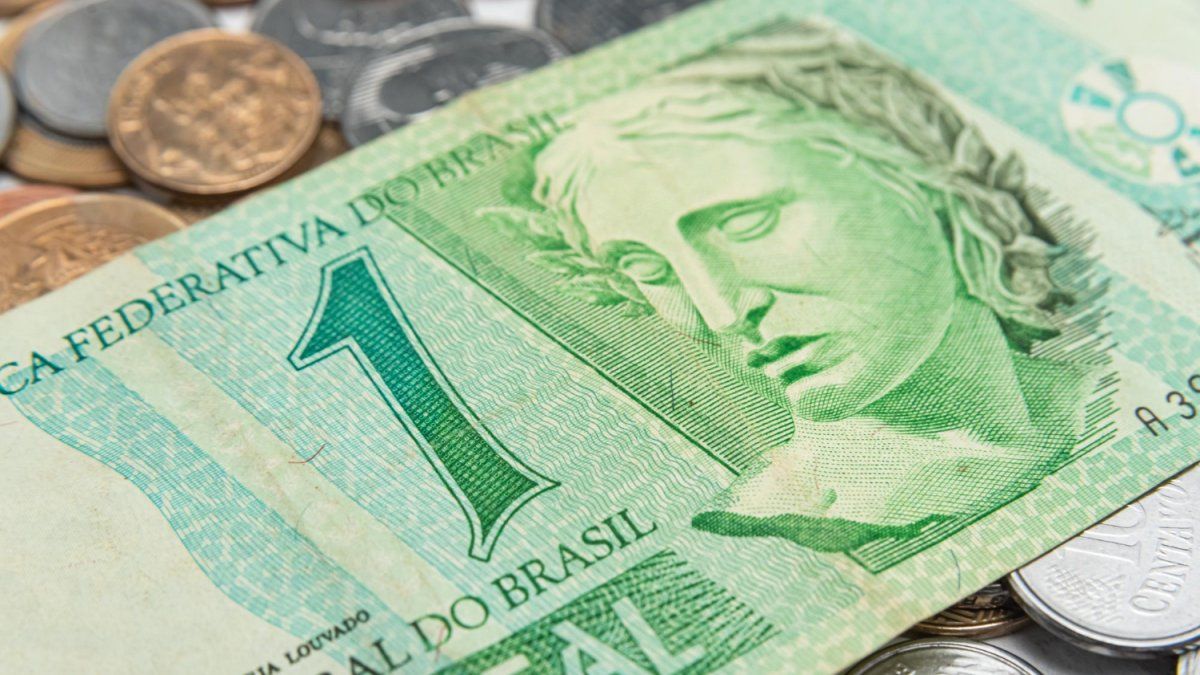In a private ceremony at National Museum of national museum of fine arts.jpg the president of the María Calderón de la Barca Foundation, Alberto Robredoawarded the Biennial Painting Prize 2024, worth US$25,000, to the Argentine artist Felipe Pino whose jury was made up of Ana María Battistozzi, Laura Feinsilber, Alberto Bellucci, Fernando de las Carreras and Eduardo Mallea.
The purpose of this foundation is to award a Biennial Painting Prize to the Argentine artist who has produced the best work exhibited during the two years prior to the awarding of the prize in official or private exhibitions, and to make any type of contribution to public welfare entities. official or private, among whose recipients are the Leloir Biochemical Research Institute, the Academy of Medicine, Bishoprics and various institutions of the Catholic Church, Frigata Libertad, ITBA, schools and homes for children and the elderly, health centers, hospitals, support of study scholarships, Children’s Board and rural schools.
national museum of fine arts.jpg
National Museum of Fine Arts, one of the centers of Buenos Aires culture.
National Museum of Fine Arts
Biennial Painting Prize 2024
Throughout its history the Prize was awarded to Jorge Larco (1965), Teresio Fara (1966), Roberto Gonzalez (1968), Robert Oswald (1969) and Sunday Gatto (1970).
Converted into a Foundation, they were creditors Ary Brizzi (1990), Mely Gomez (1992), William Roux (1994), Leopoldo Presas (1996), Eduardo McEntyre (1996), whose work “Christ the Light” It is in the Pontifical Academy of Sciences and Social Sciences in the Casina Pius IV in Vatican City.
Other artists who won this award were Miguel Ocampo (1998), Carlos Alonso (2000), Miguel Davila (2002), Victor Chab (2004), Eduardo Faradje (2006), Juan Doffo (2008), Antonio Segui (2010), Josefina Robirosa (2012), Gustavo López Armentía (2014), José Alberto Marchi (2016) and Carolina Antoniadis (2018), all artists of national and international renown.
Born in Buenos Aires in 1945, Felipe Pino He studied at the Manuel Belgrano School of Fine Arts and in the painter’s workshop. Manuel Alvarez. He participated in the “Generation of 75” Group, named after Luis Felipe Noé. He won the Braque scholarship, exhibited at the Havana Biennial in 1986, in Brussels in 1994 and also in 1994 he was selected for an exhibition of Latin American artists in Santiago, Chile. In 2010 he won the Central Bank Acquisition Award and in 2017 the Grand Prize for Painting from the National Hall of Visual Arts.
Several art critics have dealt with his work, among them, Raul Santana, who, on the occasion of an exhibition at Ruth Benzacar, expressed: “always on the edge of overflow but with rare precision, Pino unleashes on the plane those visions that seem to inhabit it with the urgency of a siege, as if the only destiny of his painting was to capture what fades in the precariousness of the moment”.
Eduardo Stupiaa great artist, on the occasion of his curatorship at the OSDE Art Space on Suipacha Street wrote “Pino was shaping an unmistakable style, a style that made him a great painter, carried away, urged on by the painting of other greats. Pino has been a true power plant, an impeccable example. Without any pretension or verbiage, he has taught us how and why painting is done, but he has also pointed out the ethical aspect of the problem.”.
In 2006 he held an exhibition in the Arts Pavilion (UCA). In the note published at the time by this newspaper we appeal to Nietzsche: “for there to be art, for there to be in some way an aesthetic activity and vision, a physiological condition is indispensable: intoxication”.
“In Pino there is intoxication in the color that appears strict, sonorous; by the vital line, the resounding corporeality of the forms. A playful painting that does not avoid the biting, criticism of art criticism, of collectors, of politics, without prejudice, with freedom. Pino angrily unmasks the repertoire of situations, both cruel and absurd, of the time in which he lives, he does so with acuity, with wisdom, like someone who is back.”
Source: Ambito
I am an author and journalist who has worked in the entertainment industry for over a decade. I currently work as a news editor at a major news website, and my focus is on covering the latest trends in entertainment. I also write occasional pieces for other outlets, and have authored two books about the entertainment industry.




